ริ่มเต้นกับการเรียนภาษาอังกฤษเป็นสิ่งที่เป็นที่น่ายอมรับโดยเด็กเล็กๆ ไม่ว่าเป็นผลมาจากเกมเล่น หรือ กิจกรรมต่างๆ ที่มีความสนุกสนาน นี่เป็นวิธีหนึ่งที่ช่วยเด็กได้เรียนรู้ภาษาอังกฤษอย่างสบายใจและมีประสิทธิภาพ ในบทนี้ เราจะแสดงให้เห็นหลายวิธีที่สามารถนำมาใช้เพื่อช่วยเด็กเรียนภาษาอังกฤษได้ดียอดและมีความสนุกสนานด้วยเช่นกัน
หน้าแรก: มองเห็นภาพ
เราเริ่มจากภาพหนึ่งที่มีต้นไม้, หญ้าที่มีลายแบบ, ปลาในสายน้ำ, หนุนเด็กเล่น, รถเรียลลอย, และอื่นๆ ให้เด็กมองเห็นภาพและค้นหาคำศัพท์ที่ซ่อนอยู่ในภาพนี้เองครับ。
หน้าแบบฝึกหัด: ค้นหาคำศัพท์
ภาพใหม่ของเรามีต้นไม้, ปลา, หนุนเด็กเล่น, รถเรียลลอย และอื่นๆ ให้เด็กค้นหาคำศัพท์ที่ซ่อนอยู่ และเขียนคำศัพท์ที่หาได้ในกระดานเขียนเลยครับ。
หน้าแบบฝึกหัด: ออกคำบอก
ภาพใหม่ของเรามีต้นไม้, ปลา, หนุนเด็กเล่น, รถเรียลลอย และให้เด็กออกคำบอกเกี่ยวกับสิ่งที่ซ่อนอยู่ ครับ ตัวอย่างเช่น “This is a tree. This is a fish.”
หน้าแบบฝึกหัด: ตอบคำถาม
ภาพใหม่ของเรามีต้นไม้, ปลา, หนุนเด็กเล่น, รถเรียลลอย และมีคำถามเช่น “What is this?” “Where is the fish?” ให้เด็กตอบคำถามโดยใช้คำศัพท์ที่หาได้
หน้าแบบฝึกหัด: การเลือกคำศัพท์
ภาพใหม่ของเรามีหลายภาพต่างๆ และให้เด็กเลือกคำศัพท์ที่เกี่ยวกับสิ่งที่อยู่ในภาพ ครับ ตัวอย่างเช่น หาคำศัพท์ที่เกี่ยวกับสัตว์ที่อยู่ในภาพ
หน้าแบบฝึกหัด: การเลือกภาพ
ภาพใหม่ของเรามีหลายภาพต่างๆ และให้เด็กเลือกภาพที่มีสิ่งที่เกี่ยวกับคำศัพท์ที่หาได้ ครับ ตัวอย่างเช่น หาภาพที่มีปลา
หน้าแบบฝึกหัด: การเขียนคำศัพท์
ภาพใหม่ของเรามีภาพและคำศัพท์ที่ต้องการเขียน ให้เด็กเขียนคำศัพท์ที่อ
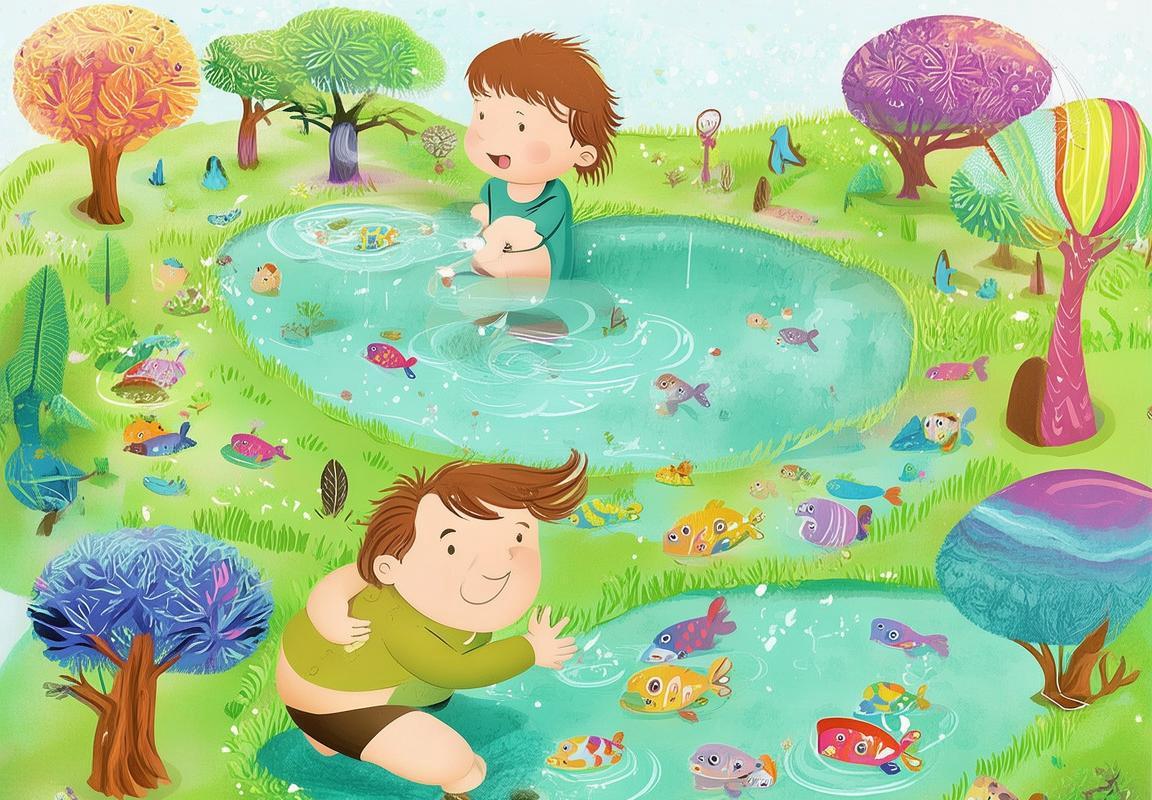
หน้าแบบฝึกหัด: ค้นหาคำศัพท์
- ภาพแวดล้อมป่า:
- ภาพแวดล้อมป่าที่มีต้นไม้, ต้นไม้ที่แตกตาม, หนุนเด็กเล่น, และสัตว์ป่าต่างๆ
- คำศัพท์ที่ซ่อนอยู่: tree, leaf, animal, swing, jungle
- ภาพแวดล้อมชายฝั่งทะเล:
- ภาพแวดล้อมชายฝั่งทะเลที่มีหาดทะเล, ปลา, หนุนเรียลลอย, และเรือ
- คำศัพท์ที่ซ่อนอยู่: beach, sand, sea, fish, boat
- ภาพแวดล้อมเมือง:
- ภาพแวดล้อมเมืองที่มีตึก, ถนน, รถยนต์, และตัวอักษร
- คำศัพท์ที่ซ่อนอยู่: building, road, car, letter, city
- ภาพแวดล้อมสวนสนุก:
- ภาพแวดล้อมสวนสนุกที่มีเล่นต่างๆ และเครื่องเล่น
- คำศัพท์ที่ซ่อนอยู่: playground, slide, swing, toy, fun
- ภาพแวดล้อมภูเขา:
- ภาพแวดล้อมภูเขาที่มีภูเขาสูง, หลอมและหญ้า
- คำศัพท์ที่ซ่อนอยู่: mountain, cave, grass, high, climb
- ภาพแวดล้อมห้องนอน:
- ภาพแวดล้อมห้องนอนที่มีเตียง, โต๊ะ, และหนังสือ
- คำศัพท์ที่ซ่อนอยู่: bed, table, book, room, sleep
- ภาพแวดล้อมห้องแอบๆ:
- ภาพแวดล้อมห้องแอบๆ ที่มีหน้าต่าง, หลอมและสิ่งของที่ซ่อน
- คำศัพท์ที่ซ่อนอยู่: window, secret, hide, lamp, box
- ภาพแวดล้อมห้องเรียน:
- ภาพแวดล้อมห้องเรียนที่มีตารางเรียน, หนังสือ, และเครื่องมือเรียน
- คำศัพท์ที่ซ่อนอยู่: desk, book, learn, school, pencil
- ภาพแวดล้อมห้องบริโภค:
- ภาพแวดล้อมห้องบริโภคที่มีเมนู, ของขวัญ, และแก้ว
- คำศัพท์ที่ซ่อนอยู่: menu, food, drink, plate, glass
- ภาพแวดล้อมสวนสัตว์
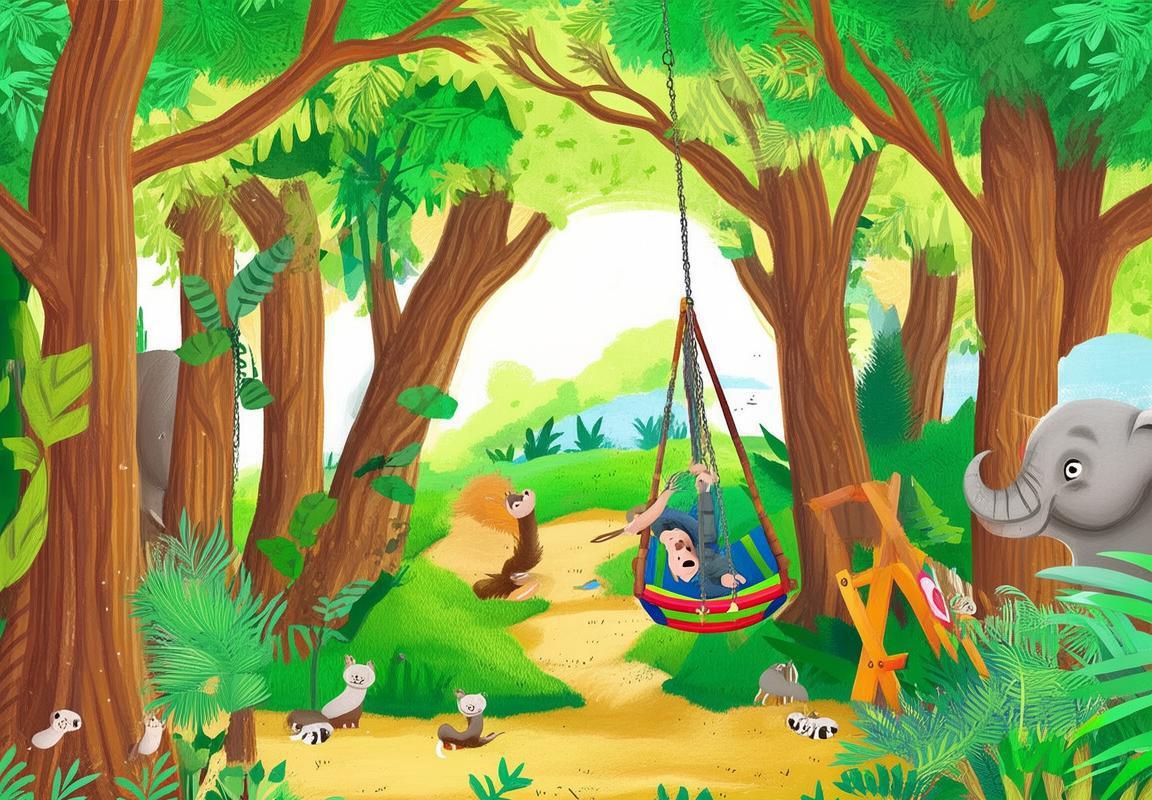
หน้าแบบฝึกหัด: ออกคำบอก
- ภาพหลัก: ภาพสวนสัตว์
- ภาพแสดงภายในสวนสัตว์ที่มีหลากหลายสัตว์เช่น แก้ว, นก, หมา, และปลา.
- คำบอก 1: “This is a zoo. Look at the animals!”
- คำบอก 2: “There are many animals here. They are so cute!”
- ภาพหลัก: ภาพแก้ว
- ภาพแสดงแก้วที่กำลังย่อยยากเพื่อหาอาหาร.
- คำบอก 3: “This is a frog. The frog is hopping to find food.”
- คำบอก 4: “Frogs eat insects. They are great hunters!”
- ภาพหลัก: ภาพนก
- ภาพแสดงนกที่กำลังอาหารหรืออาศัยอยู่ในต้นไม้.
- คำบอก 5: “This is a bird. The bird is eating seeds.”
- คำบอก 6: “Birds like to eat seeds and fruits. They are very smart!”
- ภาพหลัก: ภาพหมา
- ภาพแสดงหมาที่กำลังเล่นหรืออาศัยอยู่กับเจ้าของ.
- คำบอก 7: “This is a dog. The dog is playing with the owner.”
- คำบอก 8: “Dogs are friendly animals. They love to play and run.”
- ภาพหลัก: ภาพปลา
- ภาพแสดงปลาที่อาศัยอยู่ในทะเลหรือบ่อนน้ำ.
- คำบอก 9: “This is a fish. The fish is swimming in the water.”
- คำบอก 10: “Fish live in the water. They are very good at swimming!”
- ภาพหลัก: ภาพสวนสัตว์ในคืน
- ภาพแสดงสวนสัตว์ในคืนที่มีไฟแฟนฉันท์และเสียงดนตรี.
- คำบอก 11: “This is the zoo at night. It’s beautiful and peaceful.”
- คำบอก 12: “The zoo is open every day. You can visit it any time!”
- ภาพหลัก: ภาพหนุนเด็กเล่น
- ภาพแสดงหนุนเด็กเล่นที่กำลังอาศัยอยู่ในสวนสัตว์.
- คำบอก 13: “This is a playground. The children are playing here.”
- คำบอก 14: “The playground is safe and fun. Children love to play here!”
- ภาพหลัก: ภาพรถเรียลลอย
- ภาพแสดงรถเรียลลอยที่สวนสัตว์.
- คำบอก 15: “This is a boat. The boat is floating in the water.”
- คำบอก 16: “Boats are fun to ride. They float on the water.”
- **ภาพหลัก: ภาพต้นไม้ที่แตกตา
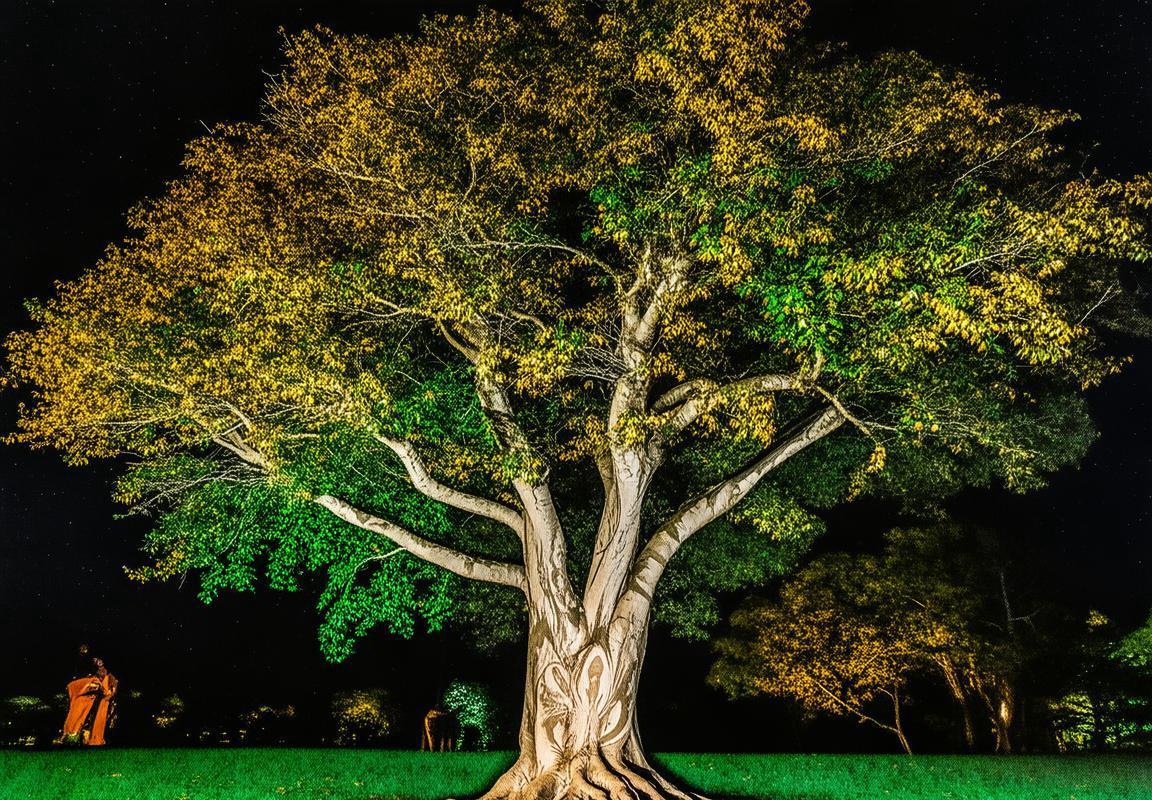
หน้าแบบฝึกหัด: ตอบคำถาม
- “What time is it? It’s time for school. What time does the school bell ring? It rings at 8:00 in the morning.”
- “What day is today? It’s Monday. On Monday, we go to school. What time does the school bus come? It comes at 7:30 in the morning.”
- “What do we do at school? We learn new things. What subject do we learn first? We learn English. What time do we have English class? We have English class from 9:00 to 10:00.”
- “What happens at lunchtime? We eat lunch. What do we eat? We eat sandwiches and fruit. What time do we eat lunch? We eat lunch at 12:00.”
- “What do we do after lunch? We play games. What games do we play? We play tag and hide and seek. What time do we finish playing? We finish playing at 1:00.”
- “What happens in the afternoon? We have more lessons. What lessons do we have? We have math, science, and art. What time do we finish school? We finish school at 3:00.”
- “What do we do after school? We go home. How do we get home? We take the school bus. What time do we get home? We get home at 3:30.”
- “What do we do at home? We do our homework. What homework do we do? We do our English homework. What time do we finish our homework? We finish our homework at 5:00.”
- “What happens after dinner? We have free time. What do we do in our free time? We watch TV or read books. What time do we go to bed? We go to bed at 8:00.”
- “What happens when we wake up the next day? We wake up and have breakfast. What do we have for breakfast? We have cereal and milk. What time do we start our new day? We start our new day at 7:00.”
ขณะเด็กตอบคำถามแต่ละข้อ ให้ใช้ภาษาอังกฤษเพื่อปรึกษาและฝึกการสื่อสารของเขา/เธออย่างเป็นวิธีตามปกติในโรงเรียนและบ้านเรียนของเขา/เธอ.
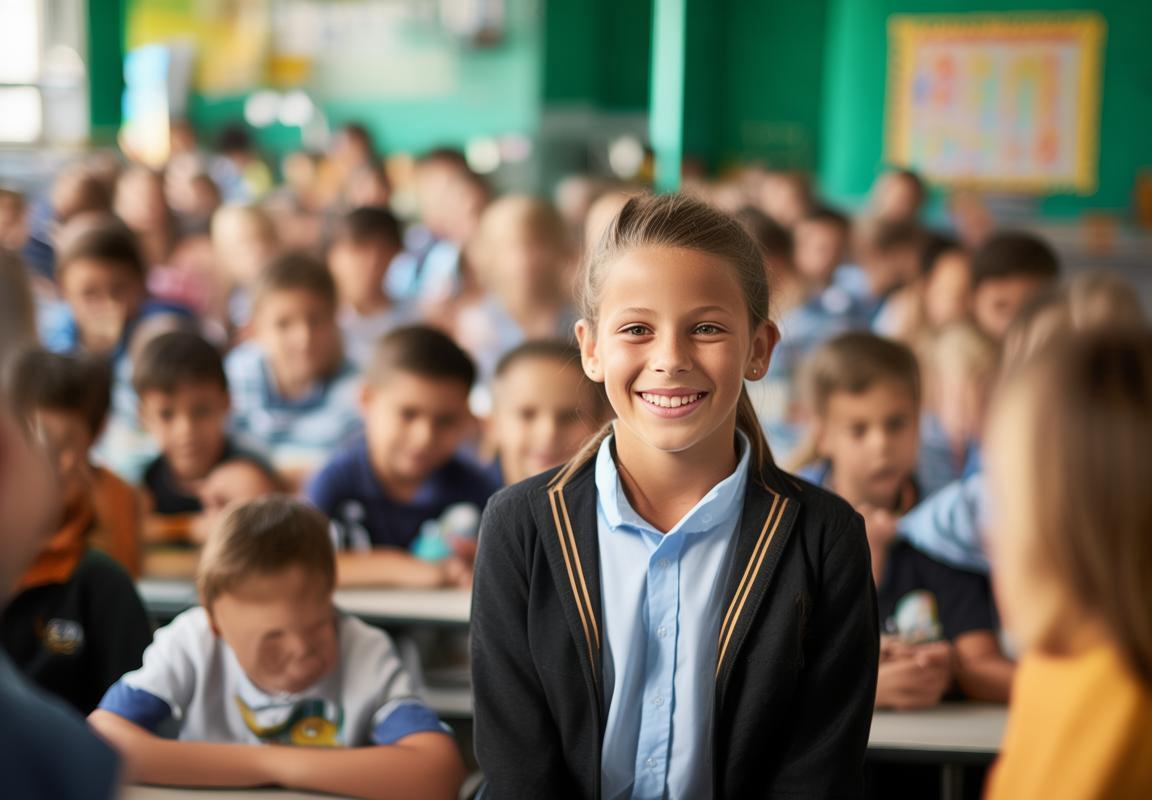
หน้าแบบฝึกหัด: การเลือกคำศัพท์
- ภาพแรก: สวนสัตว์
- ให้เด็กมองเห็นภาพสวนสัตว์ที่มีสัตว์ต่างๆ อยู่ด้วยกัน
- ให้เด็กเลือกคำศัพท์ที่เกี่ยวกับสัตว์ที่มองเห็นในภาพ ตัวอย่าง: “cat”, “dog”, “elephant”, “giraffe”
- ภาพที่ 2: ห้องนอน
- ให้เด็กมองเห็นภาพห้องนอนที่มีเฟอร์นิเจอร์ต่างๆ อยู่ด้วยกัน
- ให้เด็กเลือกคำศัพท์ที่เกี่ยวกับสิ่งของในห้องนอน ตัวอย่าง: “bed”, “book”, “chair”, “table”
- ภาพที่ 3: ห้องกลับ
- ให้เด็กมองเห็นภาพห้องกลับที่มีเฟอร์นิเจอร์ต่างๆ อยู่ด้วยกัน
- ให้เด็กเลือกคำศัพท์ที่เกี่ยวกับสิ่งของในห้องกลับ ตัวอย่าง: “mirror”, “shower”, “sink”, “toilet”
- ภาพที่ 4: ห้องกลับหลัง
- ให้เด็กมองเห็นภาพห้องกลับหลังที่มีเฟอร์นิเจอร์ต่างๆ อยู่ด้วยกัน
- ให้เด็กเลือกคำศัพท์ที่เกี่ยวกับสิ่งของในห้องกลับหลัง ตัวอย่าง: “closet”, “cupboard”, “desk”, “lamp”
- ภาพที่ 5: ห้องกลับหน้า
- ให้เด็กมองเห็นภาพห้องกลับหน้าที่มีเฟอร์นิเจอร์ต่างๆ อยู่ด้วยกัน
- ให้เด็กเลือกคำศัพท์ที่เกี่ยวกับสิ่งของในห้องกลับหน้า ตัวอย่าง: “clock”, “computer”, “phone”, “window”
- ภาพที่ 6: ห้องทำงาน
- ให้เด็กมองเห็นภาพห้องทำงานที่มีเฟอร์นิเจอร์ต่างๆ อยู่ด้วยกัน
- ให้เด็กเลือกคำศัพท์ที่เกี่ยวกับสิ่งของในห้องทำงาน ตัวอย่าง: “desk”, “computer”, “phone”, “window”
- ภาพที่ 7: ห้องกลับหลัง
- ให้เด็กมองเห็นภาพห้องกลับหลังที่มีเฟอร์นิเจอ
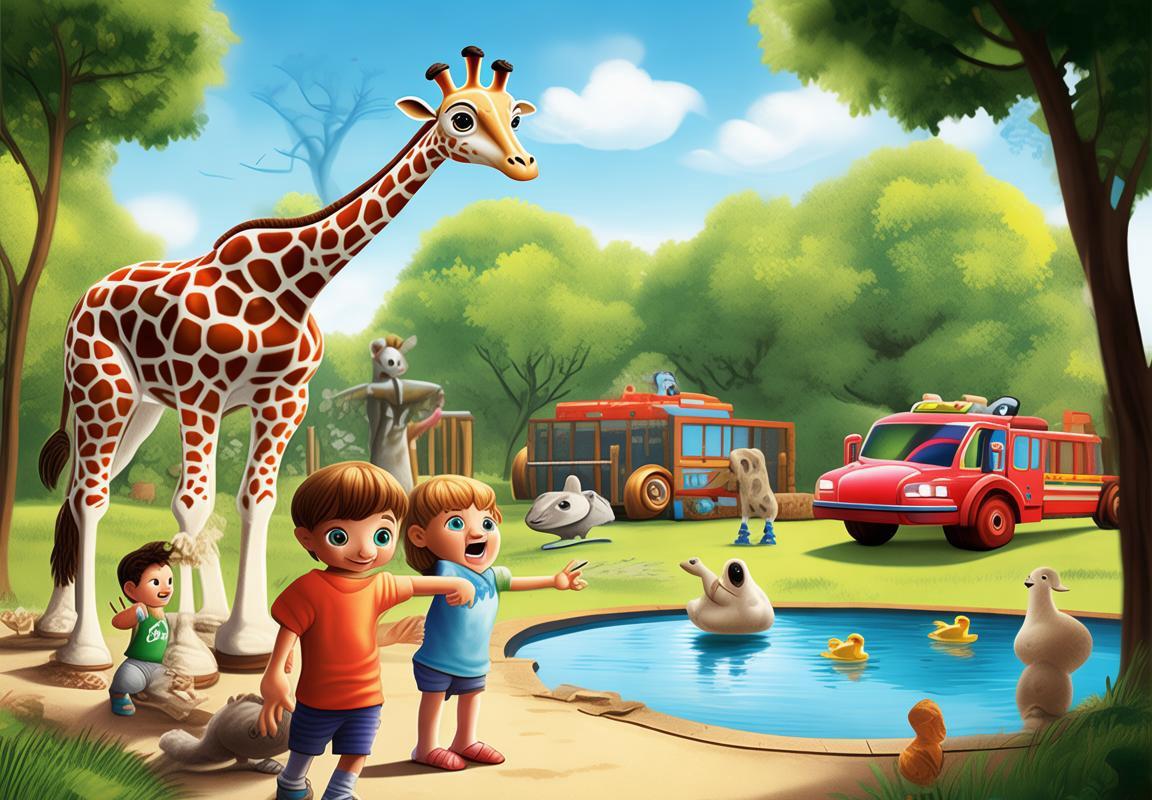
หน้าแบบฝึกหัด: การเลือกภาพ
- ภาพสวนสัตว์
- ให้เด็กมองภาพสวนสัตว์ที่มีหลากหลายสัตว์เลี้ยงอยู่ในภายใน
- ให้เด็กเลือกภาพที่มีสัตว์ที่เขาชื่นชอบ
- คำถาม: “What animal do you like the most in the zoo?”
- ภาพต้นไม้
- ให้เด็กมองภาพต้นไม้ที่มีสีสันต่างๆ และรูปร่างต่างๆ
- ให้เด็กเลือกภาพต้นไม้ที่เขารู้จัก
- คำถาม: “Which tree do you know?”
- ภาพปลา
- ให้เด็กมองภาพปลาที่อาศัยอยู่ในทะเล
- ให้เด็กเลือกภาพปลาที่เขาชื่นชอบ
- คำถาม: “What fish do you like?”
- ภาพรถเรียลลอย
- ให้เด็กมองภาพรถเรียลลอยที่สวนสนุก
- ให้เด็กเลือกภาพรถเรียลลอยที่เขาชื่นชอบ
- คำถาม: “Which slide do you like?”
- ภาพหนุนเด็กเล่น
- ให้เด็กมองภาพหนุนเด็กเล่นที่สวนสนุก
- ให้เด็กเลือกภาพหนุนเด็กเล่นที่เขาชื่นชอบ
- คำถาม: “Which swing do you like?”
- ภาพรถเรียลลอย
- ให้เด็กมองภาพรถเรียลลอยที่สวนสนุก
- ให้เด็กเลือกภาพรถเรียลลอยที่เขาชื่นชอบ
- คำถาม: “Which slide do you like?”
- ภาพหนุนเด็กเล่น
- ให้เด็กมองภาพหนุนเด็กเล่นที่สวนสนุก
- ให้เด็กเลือกภาพหนุนเด็กเล่นที่เขาชื่นชอบ
- คำถาม: “Which swing do you like?”
- ภาพปลา
- ให้เด็กมองภาพปลาที่อาศัยอยู่ในทะเล
- ให้เด็กเลือกภาพปลาที่เขาชื่นชอบ
- คำถาม: “What fish do you like?”
- ภาพต้นไม้
- ให้เด็กมองภาพต้นไม้ที่มีสีสันต่างๆ และรูปร่างต่างๆ
- ให้เด็กเลือกภาพต้นไม้ที่เขารู้จ
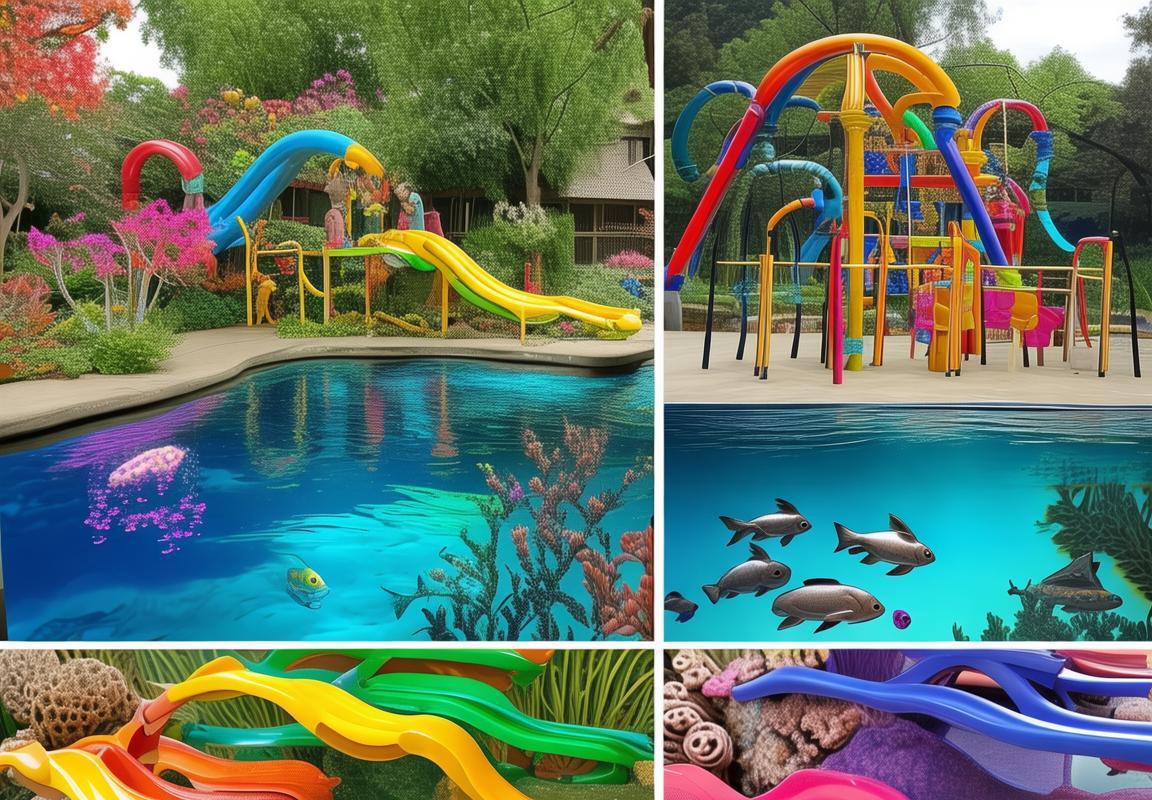
หน้าแบบฝึกหัด: การเขียนคำศัพท์
- จุดเริ่มต้น:
- แสดงภาพสัตว์น้ำที่มีคำศัพท์ซ่อนอยู่ด้วย
- ให้เด็กมองเห็นภาพและหาคำศัพท์ที่ซ่อนอยู่
- หน้าแบบฝึกหัด: การเขียนคำศัพท์
- แสดงภาพสัตว์น้ำแต่ละตัวกับคำศัพท์ที่เกี่ยวข้อง
- ให้เด็กเขียนคำศัพท์ที่อยู่ในภาพบนกระดานเขียน
- ตัวอย่าง:
- ภาพปลาทะเลแสดงคำศัพท์ “fish”
- ภาพหมังกุ้งแสดงคำศัพท์ “octopus”
- หน้าแบบฝึกหัด: การเรียกคำศัพท์
- แสดงภาพสัตว์น้ำและคำศัพท์ที่เรียกกัน
- ให้เด็กเรียกคำศัพท์ที่อยู่ในภาพ
- ตัวอย่าง:
- ภาพปลาทะเลแสดงคำศัพท์ “fish”
- ภาพหมังกุ้งแสดงคำศัพท์ “octopus”
- หน้าแบบฝึกหัด: การเรียงคำศัพท์
- แสดงภาพสัตว์น้ำและคำศัพท์ที่เรียงกัน
- ให้เด็กเรียงคำศัพท์ให้เรียงตามลำดับที่ถูกต้อง
- ตัวอย่าง:
- ภาพปลาทะเลแสดงคำศัพท์ “fish”
- ภาพหมังกุ้งแสดงคำศัพท์ “octopus”
- หน้าแบบฝึกหัด: การขยายคำศัพท์
- แสดงภาพสัตว์น้ำและคำศัพท์ที่เรียกกัน
- ให้เด็กขยายคำศัพท์โดยเพิ่มคำสำรวจหรือคำอธิบาย
- ตัวอย่าง:
- ภาพปลาทะเลแสดงคำศัพท์ “fish”
- ภาพหมังกุ้งแสดงคำศัพท์ “octopus”
- หน้าแบบฝึกหัด: การสร้างประโยค
- แสดงภาพสัตว์น้ำและคำศัพท์ที่สร้างประโยค
- ให้เด็กสร้างประโยคที่เกี่ยวกับภาพ
- ตัวอย่าง:
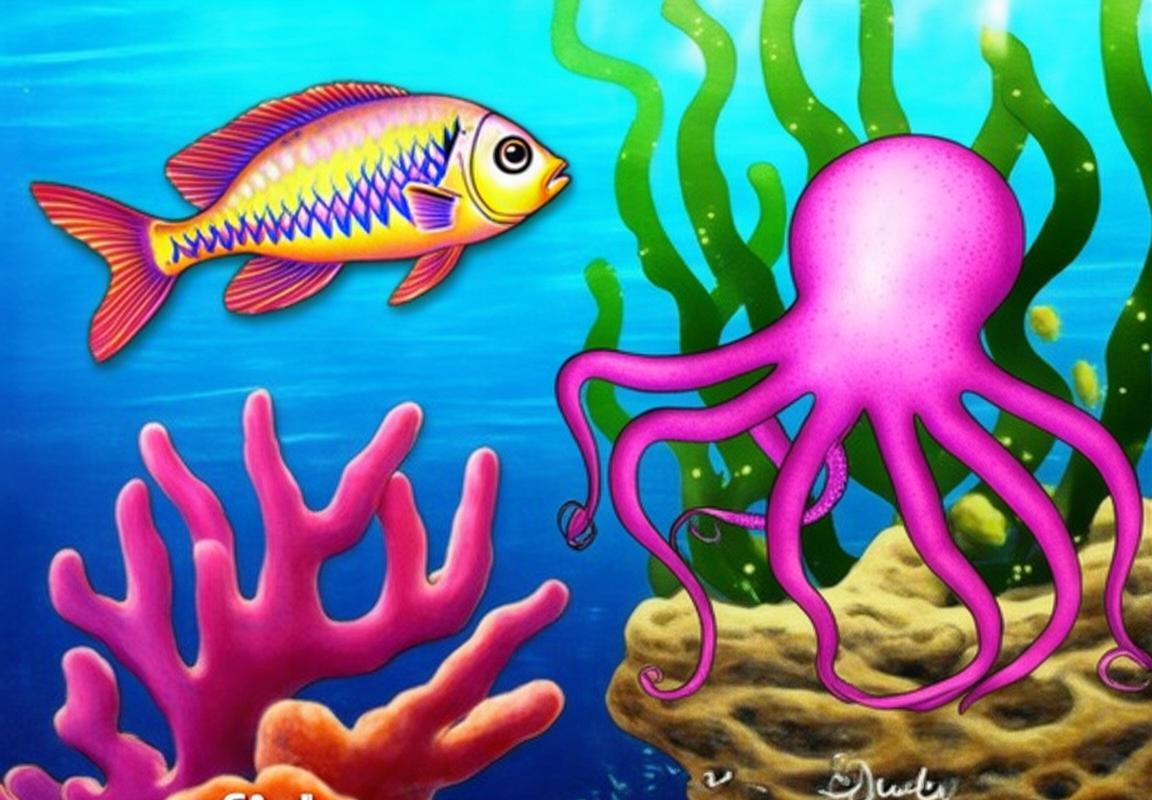
หน้าแบบฝึกหัด: การเรียกคำศัพท์
้าแบบหนฝึกหัด: การเรียกคำศัพท์
- ภาพแรก: ต้นไม้
- ให้เด็กมองเห็นภาพต้นไม้ที่มีหลังกล้องและบอกคำศัพท์ที่เกี่ยวกับต้นไม้ ตัวอย่าง: “This is a tree. It has leaves and branches.”
- ภาพที่สอง: หนุนเด็กเล่น
- ให้เด็กมองเห็นภาพหนุนเด็กเล่นที่อยู่ในสวนสนุก แล้วบอกคำศัพท์ ตัวอย่าง: “This is a slide. Children love to play on it.”
- ภาพที่สาม: ปลา
- ให้เด็กมองเห็นภาพปลาที่อยู่ในบ่อปลา แล้วบอกคำศัพท์ ตัวอย่าง: “These are fish. They live in the water.”
- ภาพที่สี่: รถเรียลลอย
- ให้เด็กมองเห็นภาพรถเรียลลอยที่อยู่ในสวนสนุก แล้วบอกคำศัพท์ ตัวอย่าง: “This is a swing. It goes round and round.”
- ภาพที่ห้า: ต้นไม้ที่แตกตาม
- ให้เด็กมองเห็นภาพต้นไม้ที่แตกตาม แล้วบอกคำศัพท์ ตัวอย่าง: “This is a fallen leaf. It’s yellow and brown.”
- ภาพที่หก: หนุนเด็กเล่น
- ให้เด็กมองเห็นภาพหนุนเด็กเล่นที่มีลักษณะต่างๆ แล้วบอกคำศัพท์ ตัวอย่าง: “This is a seesaw. It goes up and down.”
- ภาพที่เจ็ด: ปลา
- ให้เด็กมองเห็นภาพปลาที่มีลักษณะต่างๆ แล้วบอกคำศัพท์ ตัวอย่าง: “These are goldfish. They are shiny and colorful.”
- ภาพที่แปด: รถเรียลลอย
- ให้เด็กมองเห็นภาพรถเรียลลอยที่มีลักษณะต่างๆ แล้วบอกคำศัพท์ ตัวอย่าง: “This is a swing. It has a seat and a rope.”
- ภาพที่เก้า: ต้นไม้ที่แตกตาม
- ให้เด็กมองเห็นภาพต้นไม้ที่แตกตาม แล้วบอกคำศัพท์ ตัวอย่าง: “This is a fallen leaf. It’s on the ground.”
- ภาพที่สิบ: หนุนเด็กเล่น
- ให้เด็กมองเห็นภาพหนุนเด็กเล่น
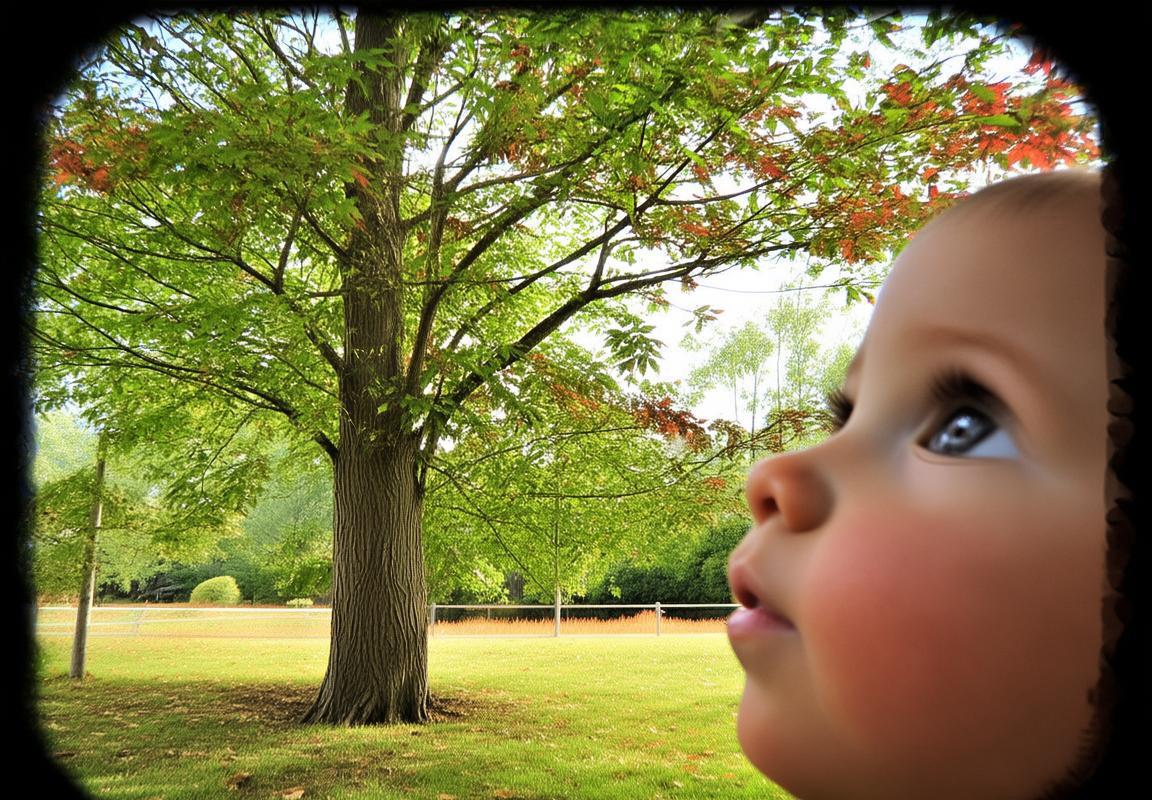
หน้าแบบฝึกหัด: การติดตามคำศัพท์
้าแบบหนฝึกหัด: การติดตามคำศัพท์
- ภาพแรก: ภาพสวนสัตว์
- แสดงภาพสวนสัตว์ที่มีหลายสัตว์ต่างๆ อยู่ในภาพ
- ให้เด็กติดตามคำศัพท์ที่อยู่ในภาพเช่น: “cat”, “dog”, “bird”, “fish”
- ภาพที่สอง: ภาพของหน่วยเรียกเลข
- แสดงภาพหน่วยเรียกเลขต่างๆ ที่มีสัตว์สองตัวติดตัว
- ให้เด็กติดตามคำศสอดคัพท์ที่ล้องกับสัตว์ที่อยู่ในภาพเช่น: “cat” ติดตัวกับ “whiskers”
- ภาพที่สาม: ภาพของหน่วยเรียกสี
- แสดงภาพหน่วยเรียกสีต่างๆ ที่มีสัตว์สองตัวติดตัว
- ให้เด็กติดตามคำศัพท์ที่สอดคล้องกับสัตว์ที่อยู่ในภาพเช่น: “blue” ติดตัวกับ “bird”
- ภาพที่สี่: ภาพของหน่วยเรียกกระบวน
- แสดงภาพหน่วยเรียกกระบวนต่างๆ ที่มีสัตว์สองตัวติดตัว
- ให้เด็กติดตามคำศัพท์ที่สอดคล้องกับสัตว์ที่อยู่ในภาพเช่น: “run” ติดตัวกับ “dog”
- ภาพที่ห้า: ภาพของหน่วยเรียกทางแยก
- แสดงภาพหน่วยเรียกทางแยกต่างๆ ที่มีสัตว์สองตัวติดตัว
- ให้เด็กติดตามคำศัพท์ที่สอดคล้องกับสัตว์ที่อยู่ในภาพเช่น: “left” ติดตัวกับ “cat”
- ภาพที่หก: ภาพของหน่วยเรียกการทำ
- แสดงภาพหน่วยเรียกการทำต่างๆ ที่มีสัตว์สองตัวติดตัว
- ให้เด็กติดตามคำศัพท์ที่สอดคล้องกับสัตว์ที่อยู่ในภาพเช่น: “eat” ติดตัวกับ “fish”
- ภาพที่เจ็ด: ภาพของหน่วยเรียกสิ่งที่เกี่ยวข้องกับสัตว์
- แสดงภาพหน่วยเร
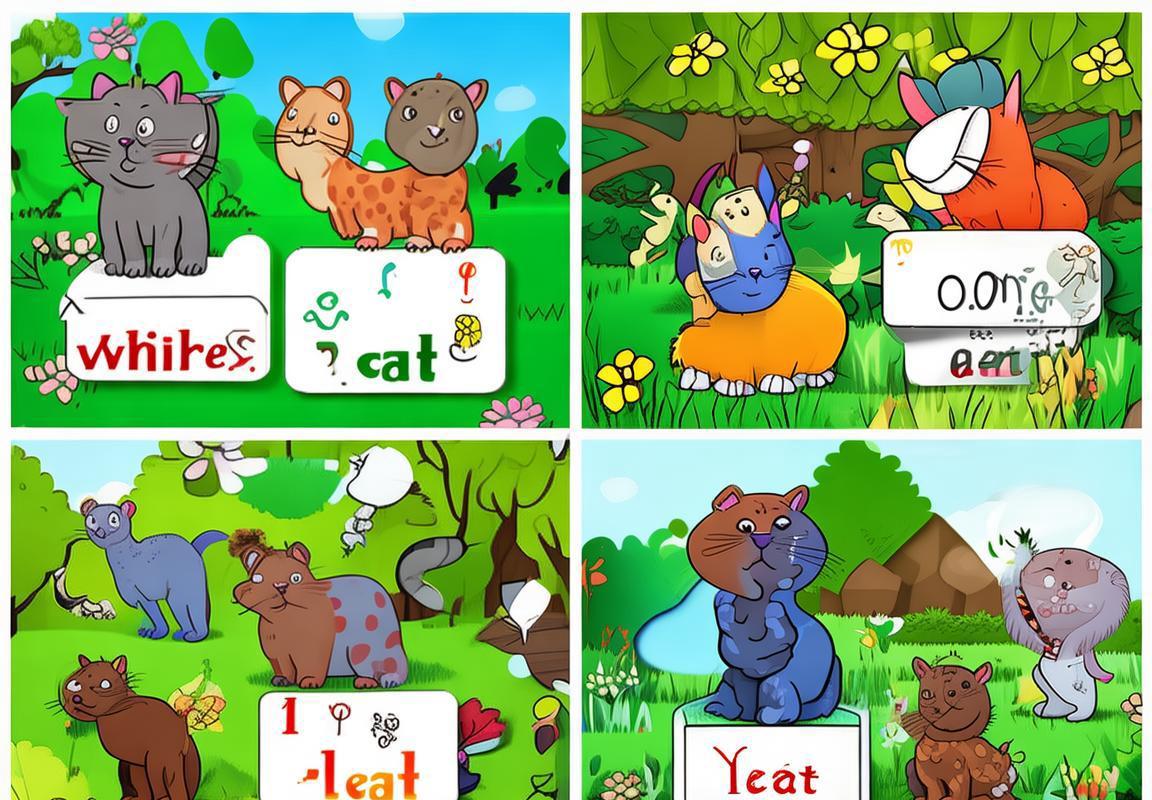
หน้าแบบฝึกหัด: การละเมิดคำศัพท์
- หน่วยที่ 1: หาคำศัพท์จากภาพ
- ให้เด็กมองเห็นภาพที่มีสัตว์ป่าต่างๆ อยู่ในภาพ
- ให้เด็กละเมิดคำศัพท์ที่ซ่อนอยู่ในภาพ ตัวอย่างเช่น:
- ภาพมีภาพแมว ให้เด็กละเมิดคำศัพท์ “cat”
- ภาพมีภาพหมา ให้เด็กละเมิดคำศัพท์ “dog”
- หน่วยที่ 2: การเรียกคำศัพท์
- ให้เด็กมองเห็นคำศัพท์ที่ละเมิดออกมาจากภาพ
- ให้เด็กเรียกคำศัพท์ที่ละเมิดออกมา ตัวอย่างเช่น:
- ภาพแมว ให้เด็กเรียก “cat”
- ภาพหมา ให้เด็กเรียก “dog”
- หน่วยที่ 3: การติดตามคำศัพท์
- ให้เด็กมองเห็นภาพและคำศัพท์ที่ละเมิดออกมา
- ให้เด็กติดตามคำศัพท์ที่ละเมิดออกมาในภาพ
- ตัวอย่าง:
- ภาพแมว คำศัพท์ “cat” ให้เด็กติดตาม “cat” ในภาพ
- หน่วยที่ 4: การเรียกคำศัพท์โดยลำดับ
- ให้เด็กมองเห็นภาพที่มีหลายสัตว์ป่า
- ให้เด็กเรียกคำศัพท์โดยลำดับ ตัวอย่างเช่น:
- ภาพมีแมว, หมา, แกะ ให้เด็กเรียก “cat, dog, goat” โดยลำดับ
- หน่วยที่ 5: การเรียกคำศัพท์โดยอำนาจ
- ให้เด็กมองเห็นภาพและคำศัพท์ที่ละเมิดออกมา
- ให้เด็กเรียกคำศัพท์โดยอำนาจ ตัวอย่างเช่น:
- ภาพแมว คำศัพท์ “cat” ให้เด็กเรียก “The cat is a small animal with fur.”
- หน่วยที่ 6: การสร้างประโยค
- ให้เด็กมองเห็นภาพและคำศัพท์ที่ละเมิดออกมา
- ให้เด็กสร
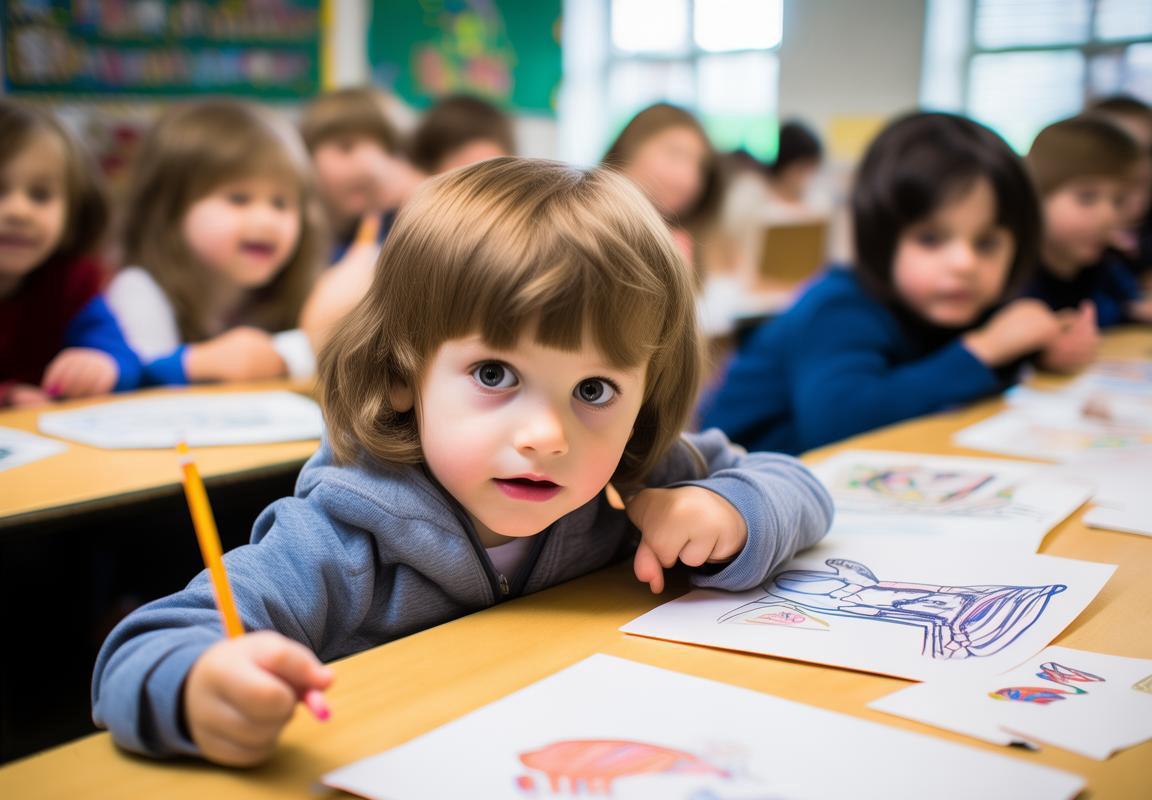
หน้าแบบฝึกหัด: การขยายคำศัพท์
รับหน้าแสำหบบฝึกหัด: การขยายคำศัพท์ นั้นเป็นการสร้างประโยคที่เกี่ยวข้องกับคำศัพท์ที่เด็กได้หามาแล้ว โดยให้ความสำคัญในการใช้คำศัพท์เหล่านั้นในประโยคที่มีความหมายต่างๆ ต่อไปนี้เป็นตัวอย่างของการขยายคำศัพท์ในภาษาอังกฤษสำหรับเด็ก:
- The cat – หน้าแมว
- “The cat is playing with a ball.”
- “The cat is sleeping on the mat.”
- “The cat is sitting in the sun.”
- The dog – หน้าหมา
- “The dog is running in the park.”
- “The dog is barking at the mailman.”
- “The dog is wagging its tail.”
- The bird – หน้านก
- “The bird is flying in the sky.”
- “The bird is singing in the tree.”
- “The bird is perching on the fence.”
- The fish – ปลา
- “The fish is swimming in the pond.”
- “The fish is jumping out of the water.”
- “The fish is eating the food.”
- The tree – ต้นไม้
- “The tree is tall and green.”
- “The tree is full of leaves.”
- “The tree is standing in the field.”
- The flower – ดอกไม้
- “The flower is red and beautiful.”
- “The flower is blooming in the garden.”
- “The flower is smelling sweet.”
- The car – รถ
- “The car is driving down the street.”
- “The car is parked in the garage.”
- “The car is honking its horn.”
- The house – บ้าน
- “The house is big and white.”
- “The house has a door and windows.”
- “The house is a home for the family.”
- The school – โรงเรียน
- “The school is a place to learn.”
- “The school has classrooms and teachers.”
- “The school is where children go.”
- The park – สวนสาธารณะ
- “The park is a place to play.”
- “The park has swings and slides.”
- “The park is full of trees and flowers.”
- The library – ห้องสมุด
- “The library is a place to read.”
- “The library has books and computers.”
- “The library is where children go to learn.”
- The hospital – โรงพยาบาล
- “The hospital is a place to heal.”
- “The hospital has doctors and nurses.”
- “The hospital is where people go when they are sick.”
- The store – ร้านค้า
- “The store is a place to shop.”
- “The store has groceries and toys.”
- “The store is where people buy things.”
- The restaurant – ร้านอาหาร
- “The restaurant is a place to eat.”
- “The restaurant has food and drinks.”
- “The restaurant is where people go to have a meal.”
- The train – รถไฟ
- “The train is traveling across the country.”
- “The train has seats and windows.”
- “The train is a way to travel from one place to another.”
- The plane – เครื่องบิน
- “The plane is flying in the sky.”
- “The plane has wings and engines.”
- “The plane is a way to travel fast.”
- The mountain – ภูเขา
- “The mountain is high and steep.”
- “The mountain is covered in
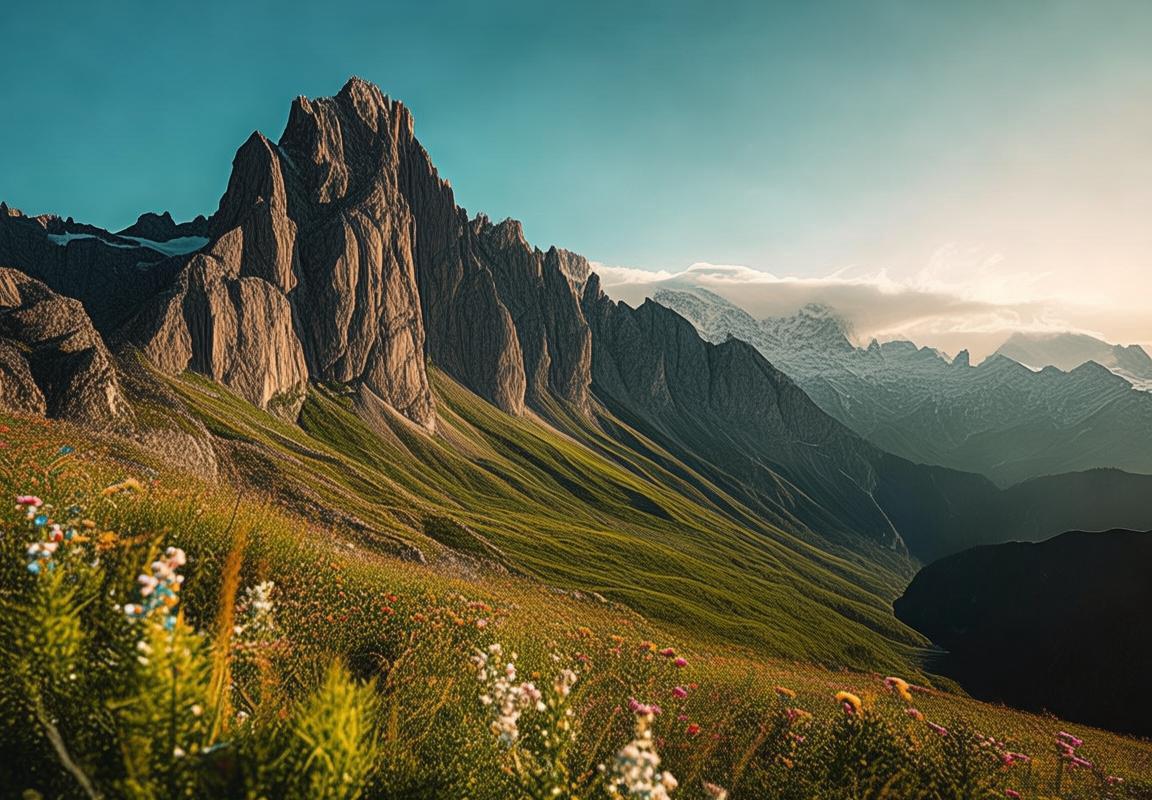
หน้าแบบฝึกหัด: การสร้างประโยค
รับหน้าแสำหบบฝึกหัด “การสร้างประโยค” นี้ เราจะสร้างบทสนทนาที่มีความสะอาดและน่าสนใจสำหรับเด็กอายุ 6-7 ปี โดยใช้ภาษาอังกฤษง่ายๆ และภาพสำหรับช่วยเหลือในการสร้างประโยค
- ภาพแรก: หนุนเด็กเล่น
- ภาพ: หนุนเด็กเล่นที่อยู่ในห้องเล่น
- คำบอก: “Look, there is a teddy bear. The teddy bear is cute.”
- ประโยคที่เด็กสามารถสร้าง: “The teddy bear is cute.”
- ภาพที่สอง: หนุนเด็กเล่นกับตัวเลือก
- ภาพ: หนุนเด็กเล่นที่กำลังเล่นตัวเลือก
- คำบอก: “The teddy bear is playing with a ball. The ball is red.”
- ประโยคที่เด็กสามารถสร้าง: “The teddy bear is playing with a red ball.”
- ภาพที่สาม: หนุนเด็กเล่นกับของเล่น
- ภาพ: หนุนเด็กเล่นที่กำลังดูหนังสือ
- คำบอก: “The teddy bear is reading a book. The book is big.”
- ประโยคที่เด็กสามารถสร้าง: “The teddy bear is reading a big book.”
- ภาพที่สี่: หนุนเด็กเล่นกับเล่นน้ำ
- ภาพ: หนุนเด็กเล่นที่กำลังเล่นน้ำ
- คำบอก: “The teddy bear is playing with water. The water is wet.”
- ประโยคที่เด็กสามารถสร้าง: “The teddy bear is playing with wet water.”
- ภาพที่ห้า: หนุนเด็กเล่นกับเรียกตัวเอง
- ภาพ: หนุนเด็กเล่นที่กำลังเรียกตัวเอง
- คำบอก: “The teddy bear is calling itself. The teddy bear says ‘Hello’.”
- ประโยคที่เด็กสามารถสร้าง: “The teddy bear is calling itself and says ‘Hello’.”
- ภาพที่หก: หนุนเด็กเล่นกับหาเมา
- ภาพ: หนุนเด็กเล่นที่กำลังหาเมา
- คำบอก: “The teddy bear is looking for a toy. The toy is hidden.”
- ประโยคที่เด็กสามารถสร้าง: “The teddy bear is looking for a hidden toy.”
- ภาพที่เจ็ด: หนุนเด็กเล่นกับของเล่น
- ภาพ: หนุนเด็กเล่นที่กำลั
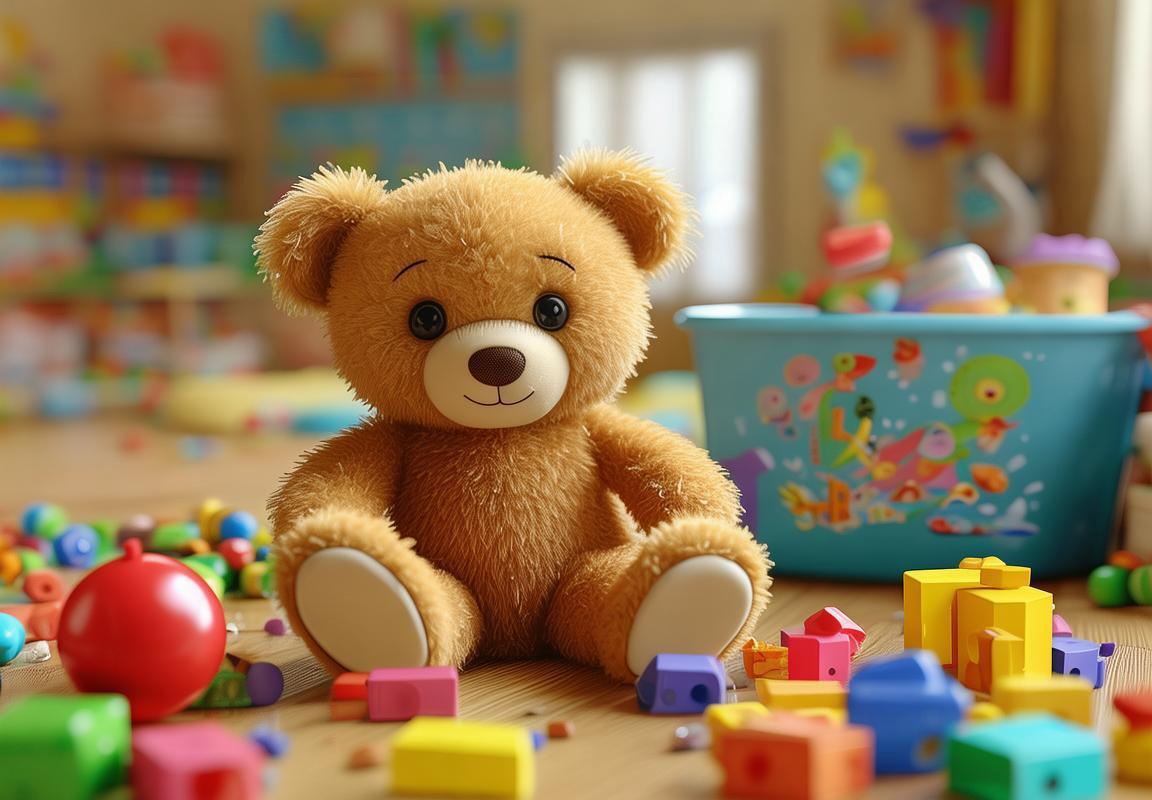
หน้าแบบฝึกหัด: การเรียกคำศัพท์โดยลำดับ
- The cat
- “What is this?”
- “It is a cat.”
- “Can you say ‘cat’?”
- The dog
- “What is this?”
- “It is a dog.”
- “Can you say ‘dog’?”
- The bird
- “What is this?”
- “It is a bird.”
- “Can you say ‘bird’?”
- The fish
- “What is this?”
- “It is a fish.”
- “Can you say ‘fish’?”
- The tree
- “What is this?”
- “It is a tree.”
- “Can you say ‘tree’?”
- The sun
- “What is this?”
- “It is the sun.”
- “Can you say ‘sun’?”
- The moon
- “What is this?”
- “It is the moon.”
- “Can you say ‘moon’?”
- The car
- “What is this?”
- “It is a car.”
- “Can you say ‘car’?”
- The airplane
- “What is this?”
- “It is an airplane.”
- “Can you say ‘airplane’?”
- The book
- “What is this?”
- “It is a book.”
- “Can you say ‘book’?”
- The apple
- “What is this?”
- “It is an apple.”
- “Can you say ‘apple’?”
- The banana
- “What is this?”
- “It is a banana.”
- “Can you say ‘banana’?”
- The orange
- “What is this?”
- “It is an orange.”
- “Can you say ‘orange’?”
- The water
- “What is this?”
- “It is water.”
- “Can you say ‘water’?”
- The sand
- “What is this?”
- “It is sand.”
- “Can you say ‘sand’?”
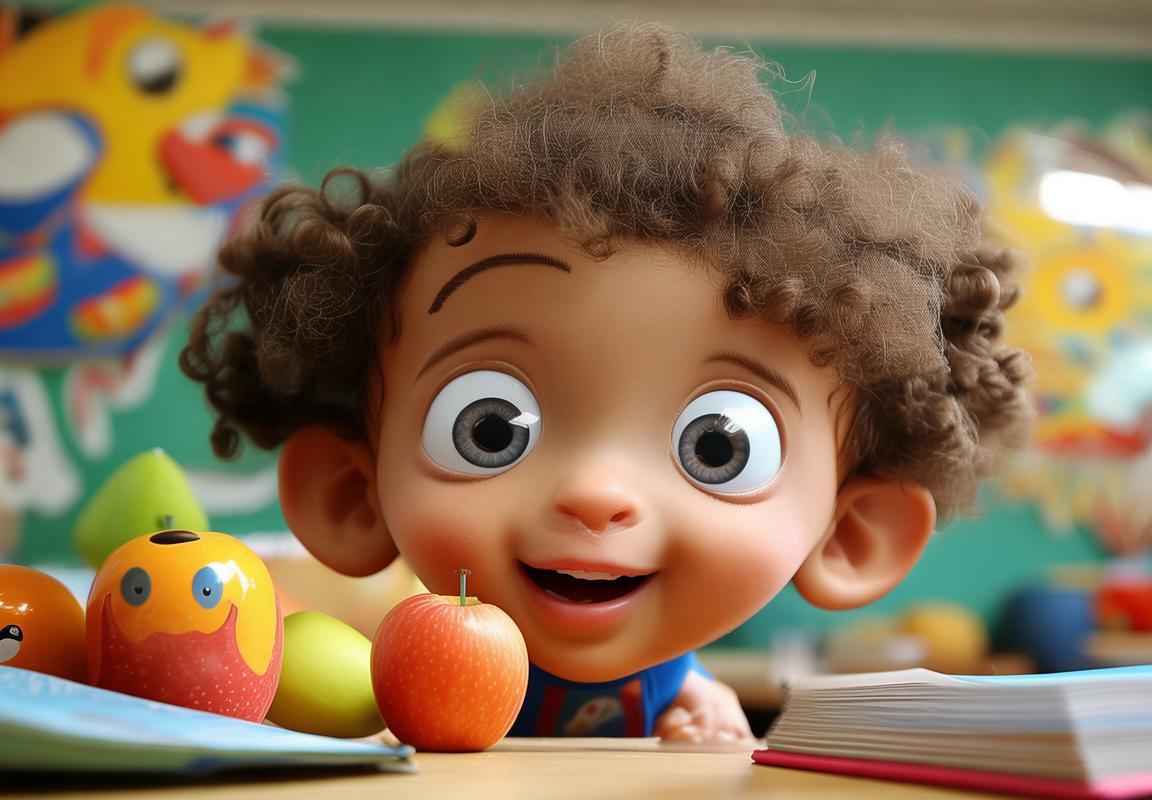
หน้าแบบฝึกหัด: การเรียกคำศัพท์โดยอำนาจ
- คำศัพท์: “tree”
- “A tree is tall and green. It has leaves and branches.”
- “We can climb a tree and see the world from above.”
- คำศัพท์: “cat”
- “A cat is fluffy and cute. It has whiskers and a tail.”
- “Cats love to play with a ball of yarn.”
- คำศัพท์: “dog”
- “A dog is loyal and friendly. It has a wagging tail and barks.”
- “Dogs like to go for a walk in the park.”
- คำศัพท์: “bird”
- “A bird is colorful and free. It has wings and sings.”
- “Birds can fly high in the sky.”
- คำศัพท์: “fish”
- “A fish lives in the water. It has gills and a tail.”
- “Fish swim quickly in the ocean.”
- คำศัพท์: “sun”
- “The sun is bright and warm. It gives us light and heat.”
- “We can play outside when the sun is shining.”
- คำศัพท์: “moon”
- “The moon is bright and shiny. It glows at night.”
- “We can see the moon in the sky.”
- คำศัพท์: “star”
- “Stars are bright and twinkling. They are in the sky.”
- “We can look at stars and dream.”
- คำศัพท์: “cloud”
- “Clouds are fluffy and white. They float in the sky.”
- “Clouds can change shape and move.”
- คำศัพท์: “rain”
- “Rain is wet and refreshing. It falls from the sky.”
- “We can dance in the rain and feel happy.”
- คำศัพท์: “snow”
- “Snow is white and cold. It falls in the winter.”
- “We can build a snowman and have fun.”
- คำศัพท์: “flower”
- “Flowers are colorful and beautiful. They bloom in the garden.”
- “Flowers make our world more colorful.”
- คำศัพท์: “animal”
- “Animals are interesting and diverse. They live in different places.”
- “We can learn about animals and their habitats.”
- คำศัพท์: “food”
- “Food is delicious and nutritious. We need food to grow.”
- “We can eat different kinds of food and enjoy them.”
- คำศัพท์: “toy”
- “Toys are fun and entertaining. We can play with toys and learn.”
- “Toys can be colorful and make us happy.”
- คำศัพท์: “book”
- “Books are informative and educational. We can read books and learn.”
- “Books have many stories and pictures.”
- คำศัพท์: “school”
- “School is a place to learn. We can study and make friends.”
- “School helps us become smart and talented.”
- คำศัพท์: “home”
- “Home is a place to rest and be safe. We can share our feelings at home.”
- “Home is where our family is.”
- คำศัพท์: “park”
- “A park is a place to play and relax. We can run and ride bikes.”
- “Parks have trees, grass, and playgrounds.”
- คำศัพท์: “city”
- “A city is a place with many people and buildings. We can see tall buildings and traffic.”
- “Cities have shops, restaurants, and parks.”
- คำศัพท์: “country”
- “A country is a place with different regions and cultures. We can explore and learn.”
- “Countries have their own languages and traditions.”
- คำศัพท์: “world”
- “The world is big and beautiful.
